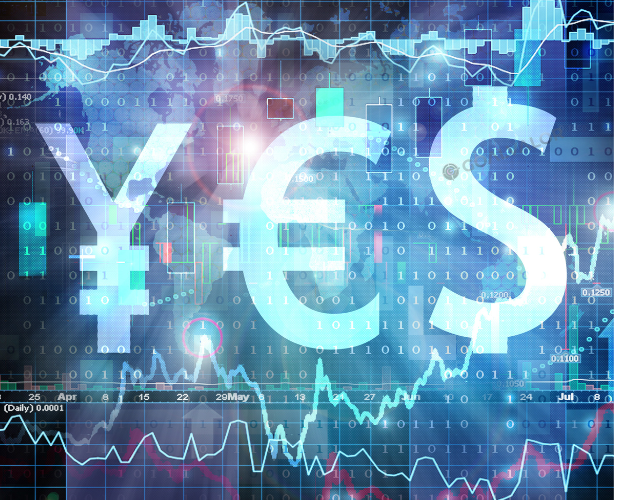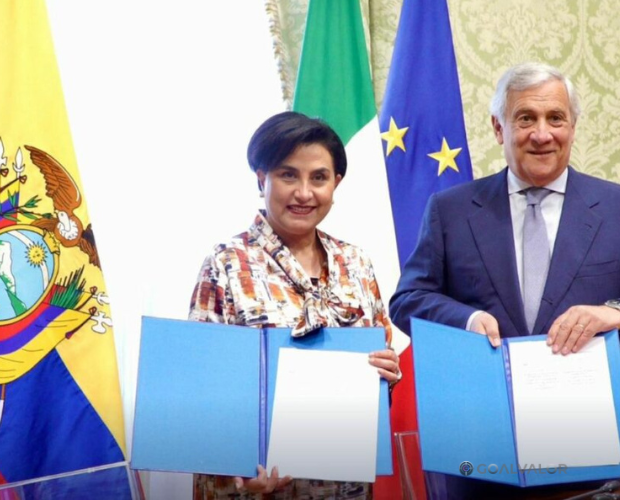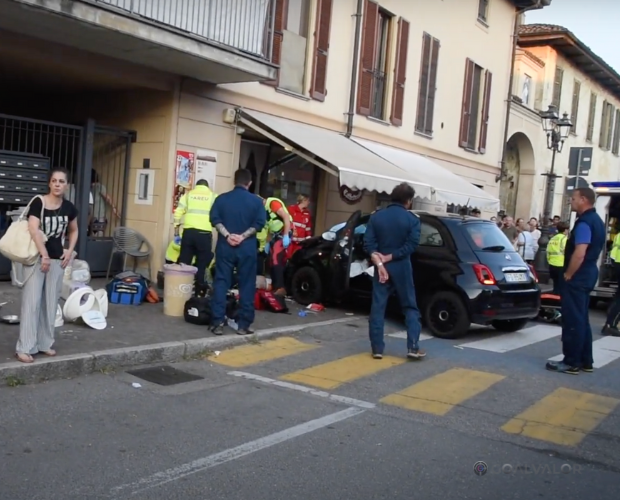The Euro, a Surprise Safe Haven Amid the Dollar Crisis
The dollar crisis has triggered a revolution in the currency market, and what once seemed like a mere monetary swing has turned into a structural shift, with the euro emerging as an unexpected safe-haven asset. This transformation, which few foresaw, is surprisingly reshaping the global financial landscape.
The Impressive Rise of the Euro
This Friday, the euro continued its upward trend, surpassing $1.1450 — its highest level in over three years — before retreating. According to currency market data, the single currency was trading at $1.1352 at 15:00 GMT, compared to $1.1143 in the final hours of the previous European trading day. Furthermore, the European Central Bank (ECB) set the reference rate for the euro at $1.1346, revealing a wide fluctuation range that reflects the current market's high volatility.
Drivers of the Transformation
The current scenario is complex:
Tariffs and International Tensions:
After China announced it would raise tariffs on imported US goods — from 84% to 125% starting April 12 — in retaliation for Trump’s tariff hikes, the euro surged, reaching $1.1471 during mid-European trading, before pulling back slightly.
Dollar Weakness:
The drop in US consumer confidence, combined with the dollar's depreciation against other safe-haven currencies — such as the yen and the Swiss franc — has fueled a mass sell-off of dollars. This has led to a decline in Treasury bond prices and a rise in yields, with the 10-year bond hovering around 4.5% and the 30-year bond experiencing its sharpest rise since 1981.
Market Reaction and Liquidity Risk:
The sell-off of long-term bonds, particularly by highly leveraged funds, has caused major market swings and forced banks to demand greater collateral, potentially keeping downward pressure on the dollar in the short term.
A Paradigm Shift in the Global Market
The effects of these financial movements go beyond the short term. Experts suggest that the dollar’s depreciation and the euro’s strengthening could signal the beginning of a reconfiguration of the global monetary system, where investors actively seek refuge in currencies perceived as more stable. However, this shift raises questions: is this a temporary reaction to geopolitical and economic tensions, or the beginning of a lasting transformation of the financial world order?
The situation worsens further considering that the European Commission temporarily suspended tariffs to negotiate with the United States, contributing to the euro’s appreciation against the dollar during key moments of the trading day. This volatility, along with rising yields on US debt and fluctuations in other safe assets, is creating a scenario of high market uncertainty.
Conclusion
The unexpected rise of the euro amid the dollar crisis reflects the complexity and volatility of today’s financial markets. International tensions, protectionist policies, and global economic uncertainty have forced investors to rethink their strategies, and the euro has emerged as the ideal safe haven during this turbulent time.
Just days away from major financial events, this phenomenon raises crucial questions about the future of the global monetary system. Is this the start of a permanent structural change, or merely a transitional phase in response to recent economic tensions?
At GoalPress, we believe that understanding these movements is essential for citizens to stay informed and make conscious decisions in a world that’s constantly evolving. We invite you to follow these developments closely and deepen your knowledge of personal finance with experts in our GoalValor Experts section.
Sources:
El Economista – Reuters – EFE – Financial sector expert commentary









